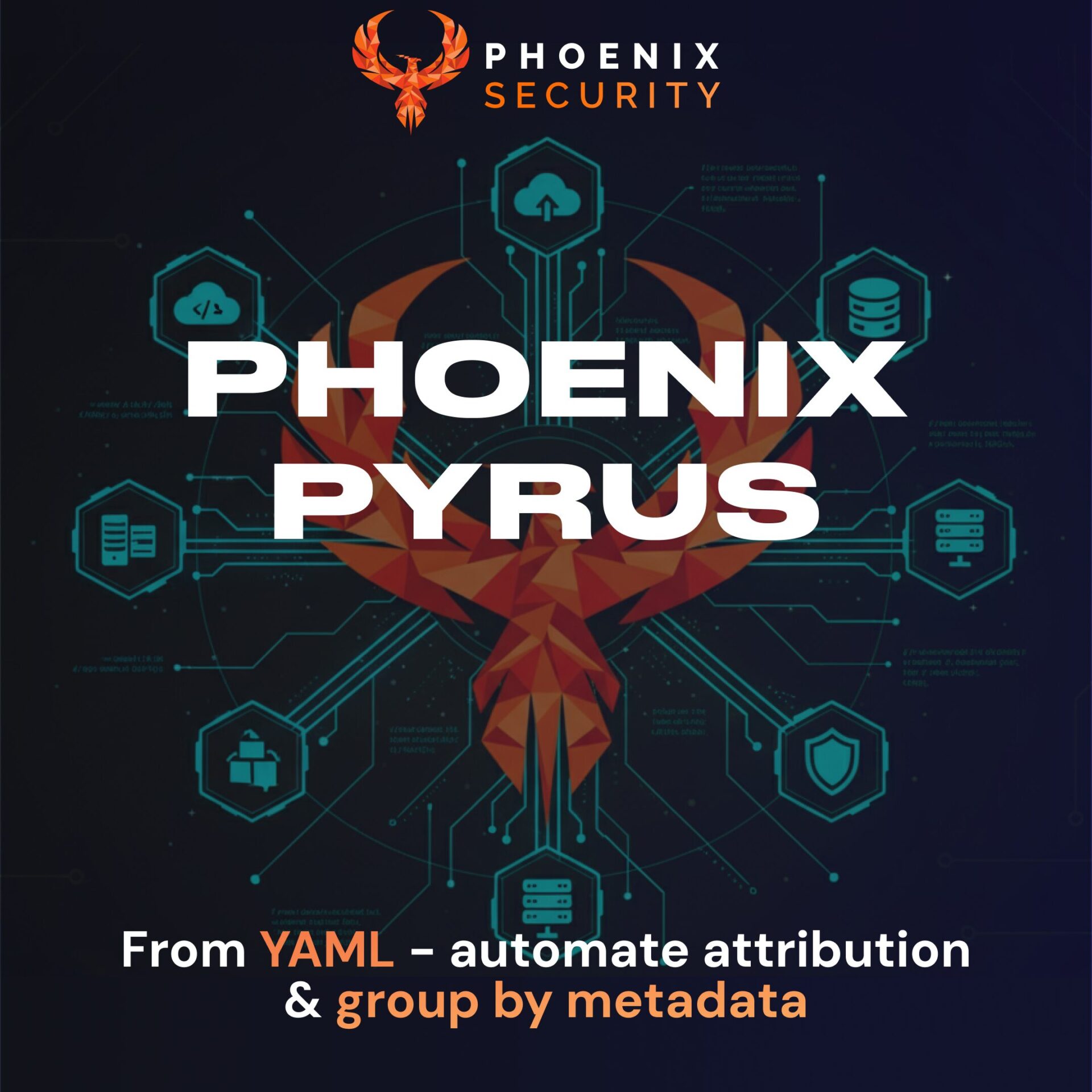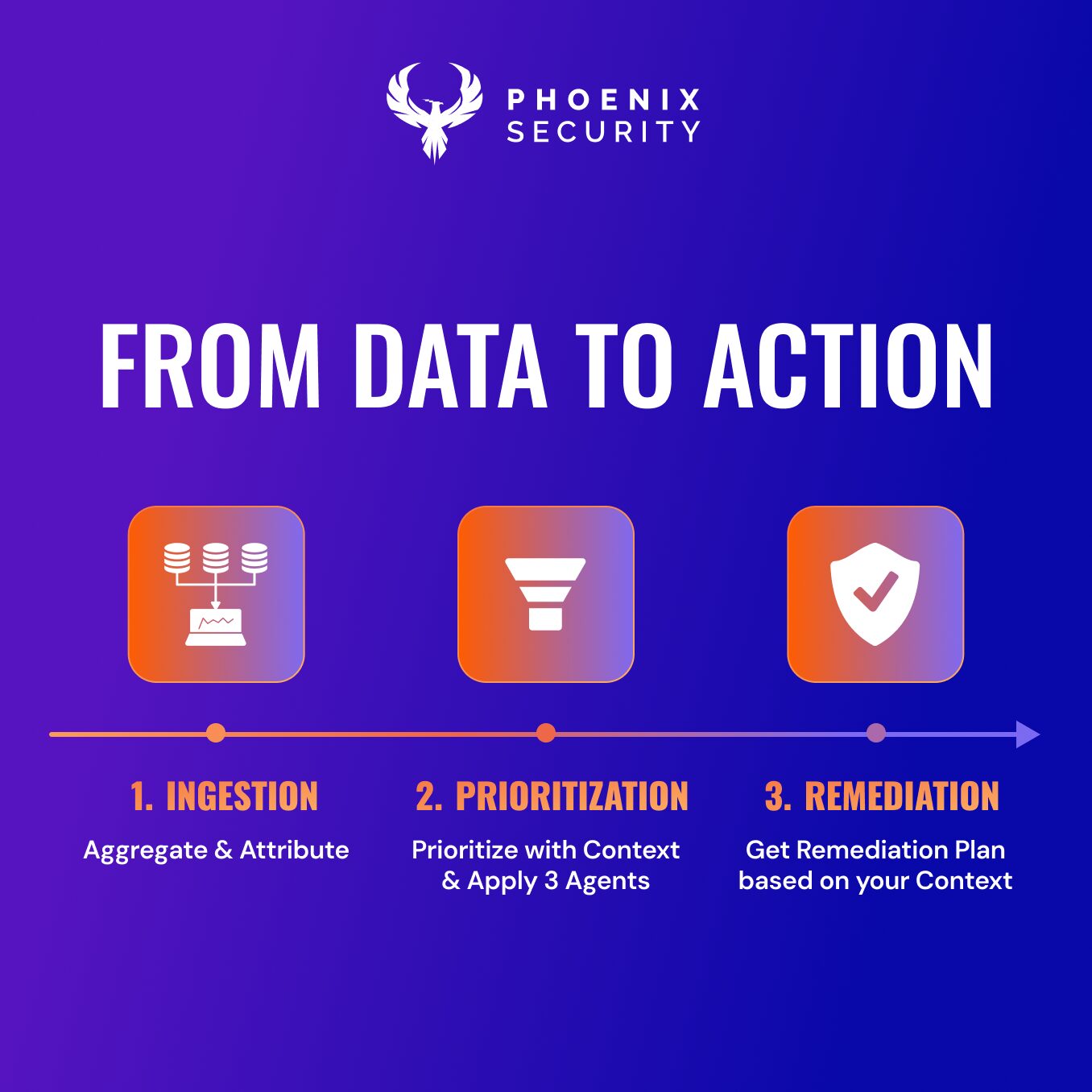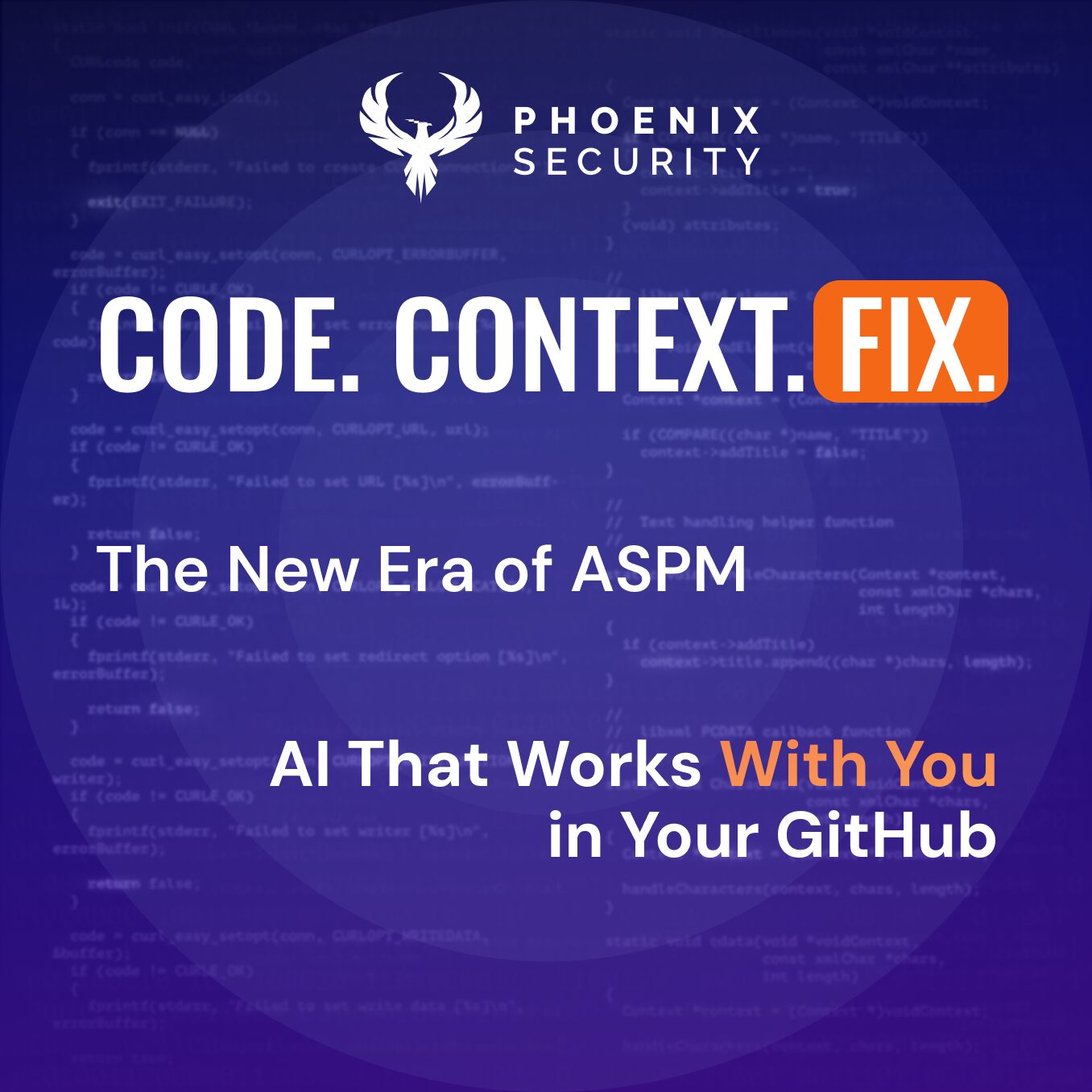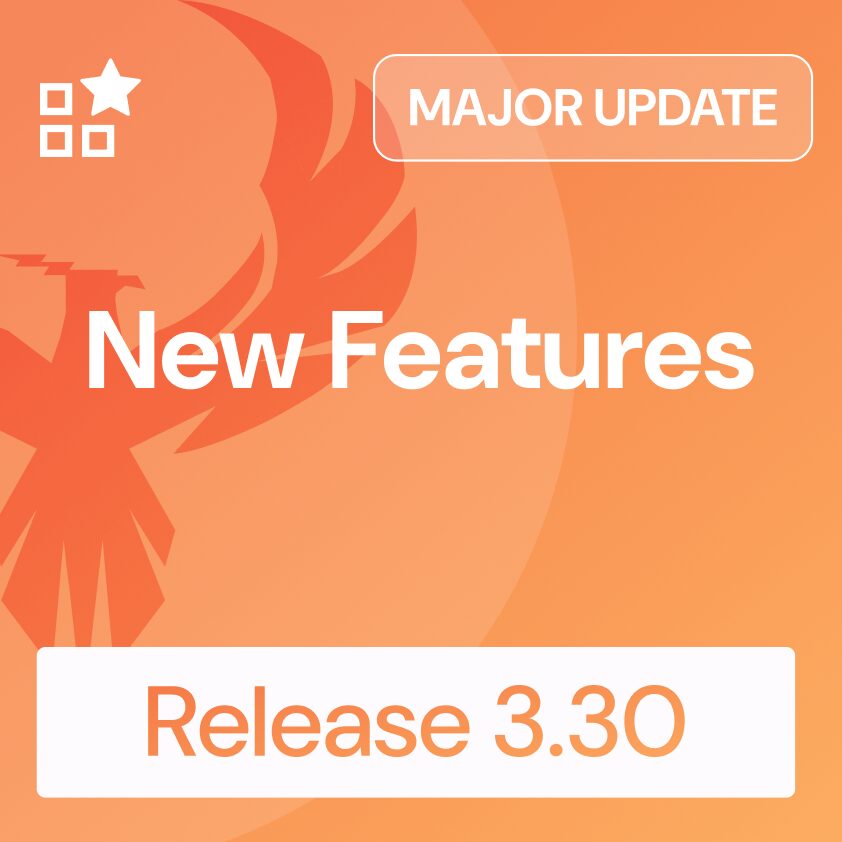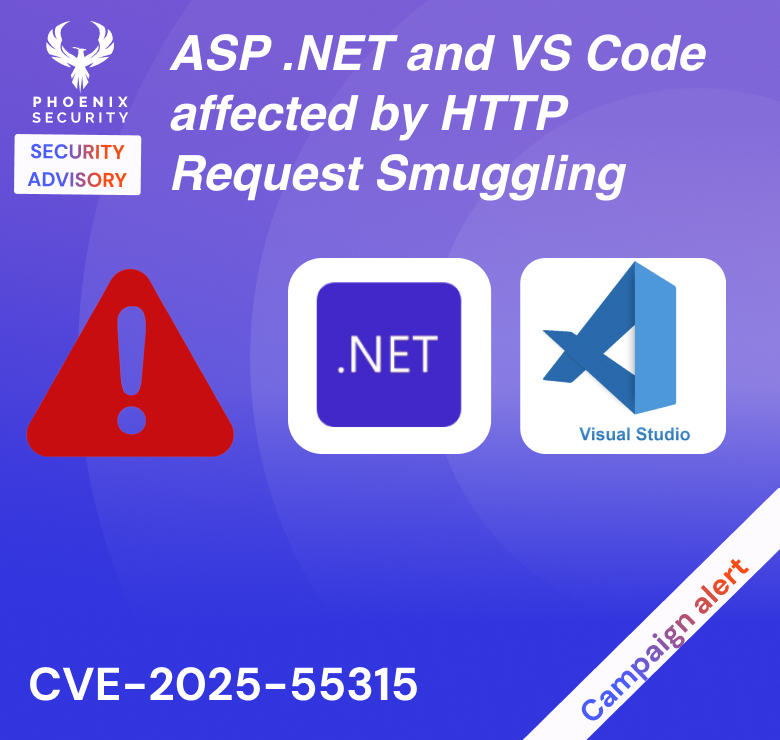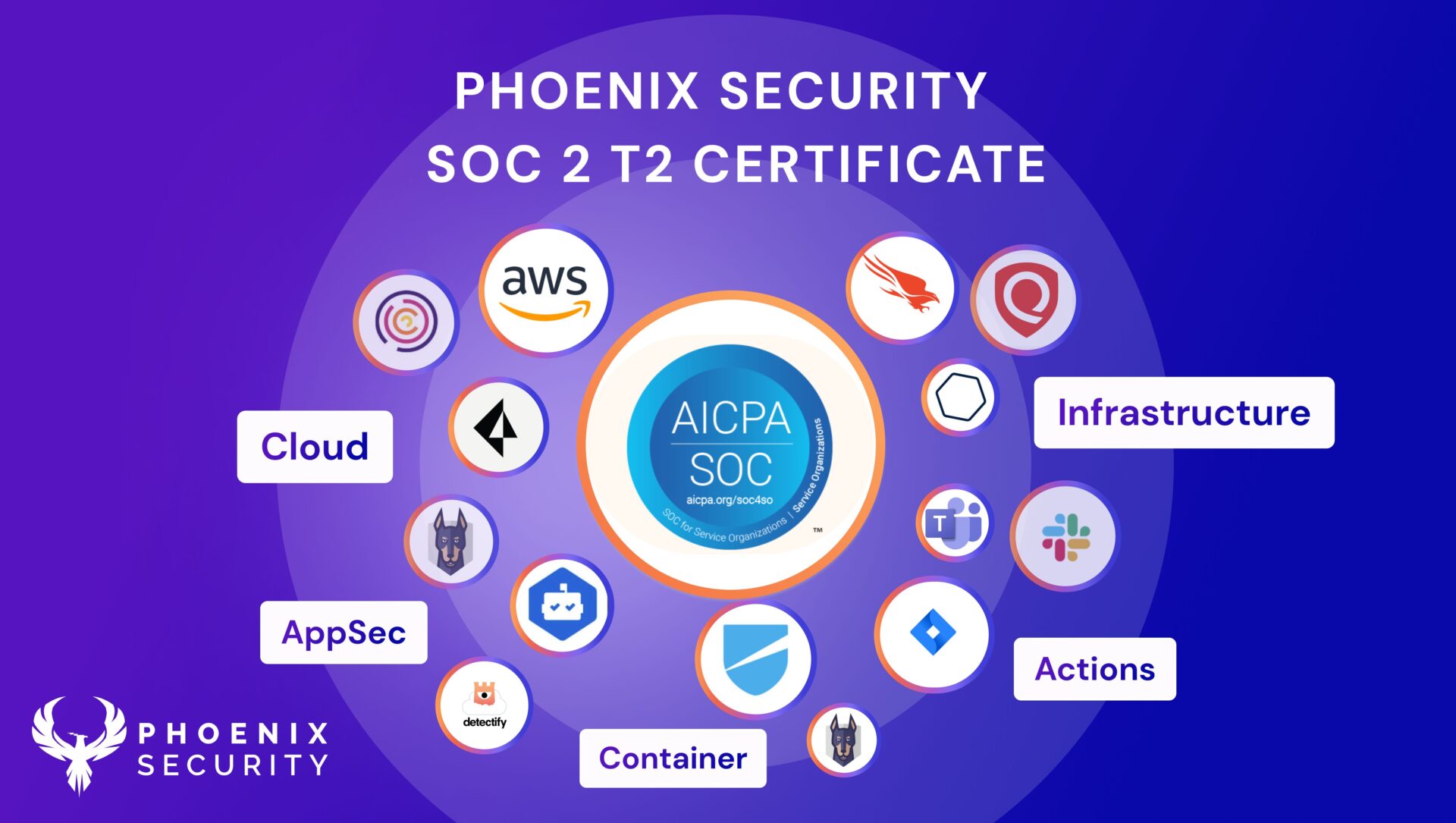Are you stuck in the past regarding application security and vulnerability management? Can you leverage ASPM, Vulnerability Management, and Application Security methodologies to improve your alert fatigue?
Check out the full overview by James Berthoty:
Modern applications often rely on cloud-native architectures, containerization, and a broad mix of open-source dependencies. Traditional vulnerability management once revolved around static scans and generic severity scores, leaving security teams to sift through extensive lists of issues. These methods frequently overlooked where a vulnerability was actually deployed or whether it was actively used. Recent approaches have introduced reachability analysis, a technique that distinguishes active from dormant flaws, significantly enhancing application security posture management (ASPM).
THE LEGACY APPROACH AND ITS LIMITATIONS
Older workflows focused on server-based scans with minimal insight into application-layer dependencies. Some teams managed “golden images” and ran scans prior to deployment, or network-based tools checked for missing operating system patches. Those vulnerability management practices often relied heavily on single metrics—such as EPSS or unrefined CVSS scoring—without detailed context.
Reference points from this video’s transcript highlight multiple scans uncovering the same library issues. Development pipelines produce container builds, code checks, and registry scans, resulting in repeat findings. A segment examines why the same vulnerability appears in different scans of identical software. Duplication worsens developer fatigue and leads to delayed remediation.
DEALING WITH EXCESSIVE ALERTS
One example from the video reveals how scanning the same library through SCA (software composition analysis) and container scans can create multiple flags for a single risk. Large organizations apply these scans at various stages—local development, code repositories, container registries, and production environments. That pattern produces a flood of identical alerts, leaving teams confused about which ones actually matter. A point in the discussion shows how Phoenix Security tools correlate these findings, ensuring that a single vulnerability discovered in multiple places is treated appropriately, not as a separate problem.
COMPARING SCA AND CONTAINER ANALYSIS
In this section James explores the differences between SCA and container scans for both application security and vulnerability management. SCA tools identify flaws in code dependencies, while container scans uncover vulnerabilities in base images and runtime packages. The conversation underscores the power of merging these two perspectives, leading to a deeper context. It also explains that code-level issues may not always be present in running containers. Security teams can refine priorities by confirming whether a library truly loads in memory.
CONTEXTUAL PRIORITIZATION AND RISK METRICS
Many organizations still follow a severity-first approach using CVSS or basic EPSS data. Details from the transcript discuss an example of a Java vulnerability that appeared critical on paper yet posed little threat in reality if the package remained unused. Environmental scoring adjustments lowered that vulnerability rating substantially. A library might be accessible over the network or might only run locally within the container. Risk levels can shift based on these details, so scanning alone may mislead teams unless they factor in real usage conditions.
Tools such as Phoenix Security’s ASPM platform incorporate multiple data points—network exposure, container runtime details, and library usage paths. The outcome is a refined view of what truly needs patching. That level of contextualization cuts the noise from 100 identical alerts to a single actionable ticket, preventing teams from missing urgent fixes among noncritical items.
REDUCING ALERT FATIGUE BY COMBINING CODE AND CONTAINER VISIBILITY the Phoenix Security ASPM Way
Phoenix Security unifies scan data from code, containers, and runtime environments by identifying overlaps in library usage, merging redundant vulnerabilities, and guiding teams toward the precise point of remediation. An AI-based mechanism matches build files against container images, spotting cases where libraries appear in both static code checks and active deployments, then merges them into a single item. This process, called contextual deduplication, removes redundant alerts across multiple container versions, lowers false positives by verifying whether flaws are actually running in memory, and suggests possible deployment mappings when formal tagging is missing. Teams see fewer, more accurate alerts and can quickly fix problems in the relevant codebase, improving efficiency without juggling fragmented vulnerability reports.
A consolidated code-to-runtime picture makes remediation straightforward: fix the flaw in one place and confirm it applies to relevant containers. Newer workflows—supported by advanced ASPM—minimize overhead for developers. They handle open-source dependencies, check container layers, and detect where vulnerabilities actually run.
Key outcomes include:
• Fewer false positives since non-deployed code or packages no longer dominate dashboards.
• Superior alignment with compliance needs because runtime scanning remains part of the process but feeds into a central, deduplicated platform.
• Faster triage cycles enable teams to focus on legitimate threats rather than the same repeated item discovered by multiple scanners.
RESOURCES FOR REACHABILITY ANALYSIS AND ASPM
A series of materials expand on these ideas:
1. Full Overview of Reachability Analysis
2. Video Explanation of Reachability
3. Discussion with James Berthoty on advanced methods for contextual prioritization
Those links explore how security programs transition from the old model—heavy duplication, naive risk scoring—toward a new model emphasizing contextual risk insights and code-to-container correlation.
MOVING TOWARD GREATER EFFICIENCY
Adopting ASPM solutions with reachability analysis report significant improvements in their vulnerability management workflows. Larger dev teams no longer juggle hundreds of duplicate alerts. Risk-based prioritization, fueled by container telemetry, code scanning, and intelligent correlation, reveals which issues are exploit-ready and which ones pose only minimal exposure.
This evolution stands apart from older methods that lacked runtime context. Traditional scoring systems still have a place, yet the absence of deeper analytics often leads to blind spots in prioritization. Combining risk metrics with data about actual deployment states offers a more accurate measure of where to invest resources. Security teams reclaim time to tackle vulnerabilities that truly threaten systems.
the risk aspect:
Reachability analysis, particularly when combined with threat intelligence and network insights, allows security teams to be super-efficient in vulnerability management and zero in on high-risk vulnerabilities without drowning in false positives. Phoenix Security’s code-to-cloud visibility is a prime example of how ASPM and CNAPP solutions are revolutionizing vulnerability management. For organizations looking to build a robust security posture, incorporating these advanced forms of reachability analysis is no longer a luxury but a necessity.

Explore Phoenix Security’s resource on reachability for a closer look at modern ASPM strategies, or watch the recorded presentation with James Berthoty to discover real-world examples of contextual deduplication in action. The shift toward code-and-container awareness represents a more assertive approach for organizations seeking adequate application security.
Minimize the vulnerability risk and act on the vulnerabilities that matter most, combining ASPM, EPSS, and reachability analysis.

Organizations often face an overwhelming volume of security alerts, including false positives and duplicate vulnerabilities, which can distract from real threats. Traditional tools may overwhelm engineers with lengthy, misaligned lists that fail to reflect business objectives or the risk tolerance of product owners.
Phoenix Security offers a transformative solution through its Actionable Application Security Posture Management (ASPM), powered by AI-based Contextual Quantitative analysis. This innovative approach correlates runtime data, combines it with EPSS and other threat intelligence, and applies the right risk to code and cloud, delivering a prioritized list of vulnerabilities.
Why do people talk about Phoenix Security ASPM?

• Automated Triage: Phoenix streamlines the triage process using a customizable 4D risk formula, ensuring critical vulnerabilities are addressed promptly by the right teams.
• Actionable Threat Intelligence: Phoenix provides real-time insights into vulnerabilities’ exploitability, leveraging EPS and combining runtime threat intelligence with application security data for precise risk mitigation.

• Contextual Deduplication with reachability analysis: Utilizing canary token-based traceability for network reachability and static and dynamic runtime reachability, Phoenix accurately deduplicates and tracks vulnerabilities within application code and deployment environments, allowing teams to concentrate on genuine threats.
By leveraging Phoenix Security, you not only unravel the potential threats but also take a significant stride in vulnerability management, ensuring your application security remains current and focuses on the key vulnerabilities.



